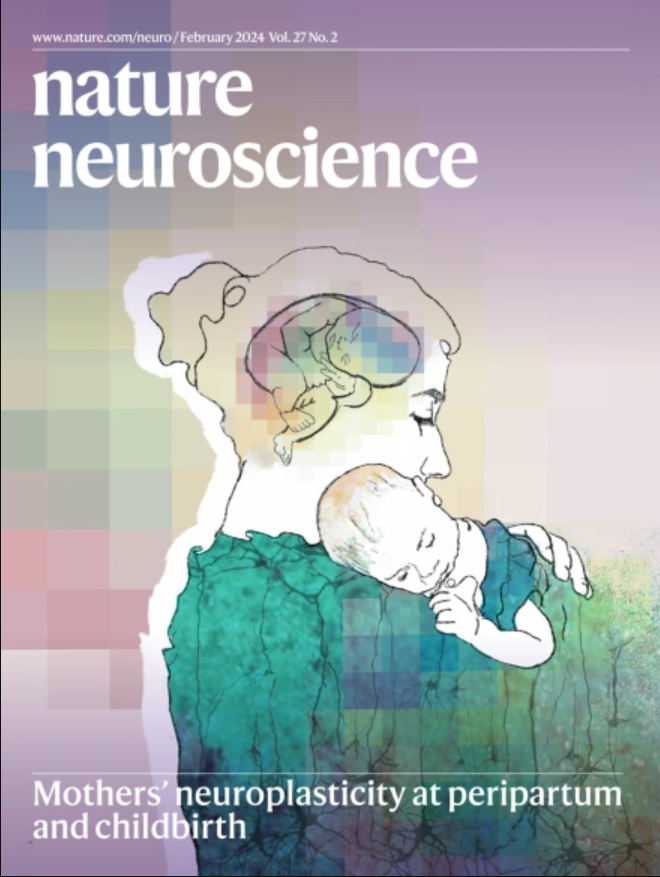Fructose-induced anxiety
IF 20
1区 医学
Q1 NEUROSCIENCES
引用次数: 0
Fructose-induced焦虑
富含高果糖食物和饮料的西方饮食与包括神经发育障碍在内的不良健康结果有关。Wang等人在《自然》杂志上发表的一项研究表明,产前或新生儿暴露于HF会损害小鼠的小胶质细胞吞噬活性。这导致突触体吞噬减少和神经元凋亡,这是健康大脑发育的关键过程。值得注意的是,在缺乏主要果糖转运体GLUT5的新生小鼠中,小胶质细胞的数量、形态和吞噬功能得以保留,尽管它们是由喂食高频饲料的小鼠出生和喂养的。体外,在HF条件下培养的野生型小鼠和人小胶质细胞的吞噬功能受损,但在缺乏glut5的小胶质细胞中没有观察到这种情况。进一步的实验表明,HF通过增加glut5依赖性的果糖摄取和转化为果糖6-磷酸来降低吞噬功能,从而部分通过增加线粒体己糖激酶2的定位改变小胶质细胞代谢,使其进入非吞噬状态。在青春期野生型小鼠中,新生儿HF消耗与新物体识别和恐惧消退障碍有关,但与glut5缺陷小鼠无关。这些发现表明,生命早期接触HF会破坏小胶质细胞功能,并可能影响神经发育,强调了在怀孕和生命早期限制饮食中果糖的重要性。原始参考文献:Nature https://doi.org/10.1038/s41586-025-09098-5 (2025)
本文章由计算机程序翻译,如有差异,请以英文原文为准。
求助全文
约1分钟内获得全文
求助全文
来源期刊

Nature neuroscience
医学-神经科学
CiteScore
38.60
自引率
1.20%
发文量
212
审稿时长
1 months
期刊介绍:
Nature Neuroscience, a multidisciplinary journal, publishes papers of the utmost quality and significance across all realms of neuroscience. The editors welcome contributions spanning molecular, cellular, systems, and cognitive neuroscience, along with psychophysics, computational modeling, and nervous system disorders. While no area is off-limits, studies offering fundamental insights into nervous system function receive priority.
The journal offers high visibility to both readers and authors, fostering interdisciplinary communication and accessibility to a broad audience. It maintains high standards of copy editing and production, rigorous peer review, rapid publication, and operates independently from academic societies and other vested interests.
In addition to primary research, Nature Neuroscience features news and views, reviews, editorials, commentaries, perspectives, book reviews, and correspondence, aiming to serve as the voice of the global neuroscience community.
 求助内容:
求助内容: 应助结果提醒方式:
应助结果提醒方式:


